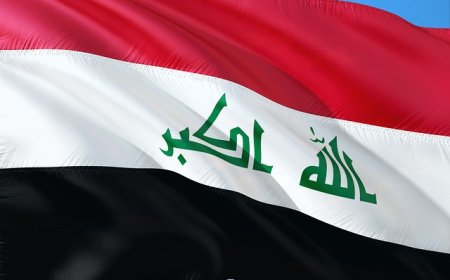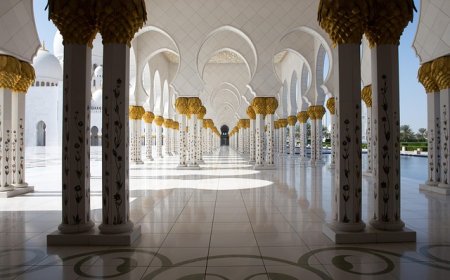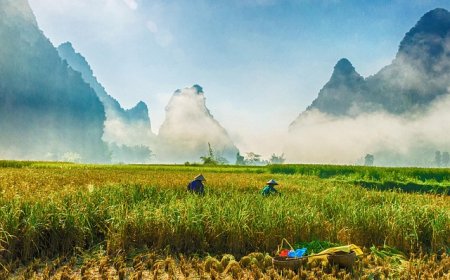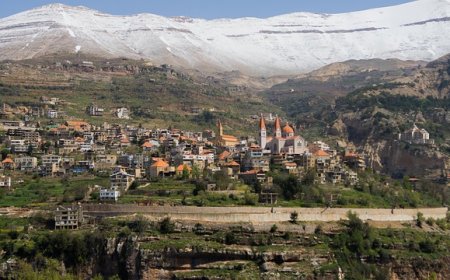India Geography, Culture, and History
Discover India for kids. Learn about mountains, rivers, and colorful Indian culture. Includes fun facts, vocabulary words, and a quiz.
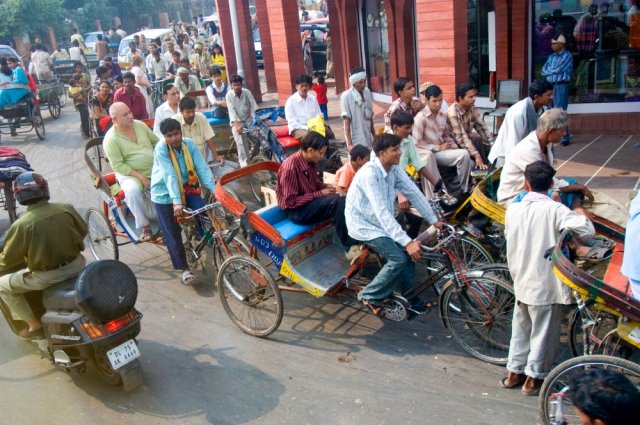
🇮🇳 India: A Land of Wonders, Wisdom, and Wide Diversity
🗺 Introduction
India is a country like no other. Located in South Asia, India is the seventh-largest country by area and the most populated country in the world. It is famous for its colorful festivals, ancient temples, spicy foods, and a history that goes back thousands of years.
India is a place of great diversity. More than a billion people live there, speaking hundreds of languages and following many different religions. From the icy peaks of the Himalayas to the sunny beaches of the south, India is a land of contrasts—old and new, modern and traditional.
🌍 Geography and Landscape
India is shaped like a triangle and sits between the Himalaya Mountains in the north and the Indian Ocean in the south. It borders Pakistan, China, Nepal, Bhutan, Bangladesh, and Myanmar.
India has many types of landscapes:
- Mountains – The Himalayas in the north include Mount Kanchenjunga, India’s highest peak.
- Plains – The Indo-Gangetic Plain is one of the most fertile farming regions in the world.
- Deserts – The Thar Desert in the west is dry and sandy.
- Rivers – Rivers like the Ganges, Yamuna, and Brahmaputra are considered sacred and important for farming and daily life.
- Coasts and Islands – India has a long coastline with beautiful beaches and islands, such as the Andaman and Nicobar Islands and Lakshadweep.
India experiences many climates—from cold mountains to hot, dry deserts and tropical monsoon forests.
🏙 Major Cities and Regions
India is divided into 28 states and 8 union territories, each with its own language and culture. The capital is New Delhi, part of the larger city of Delhi.
Other important cities include:
- Mumbai – India’s largest city and its financial and entertainment capital
- Kolkata – A historic city known for literature, festivals, and colonial buildings
- Chennai – A coastal city with temples and technology hubs
- Bangalore (Bengaluru) – Known as India’s “Silicon Valley” for its tech industry
- Hyderabad, Jaipur, Ahmedabad, and Pune are also large and fast-growing
Each region has its own culture, language, and style of food, dress, and celebration.
👨👩👧👦 People, Language, and Culture
India is home to over 1.4 billion people. It is one of the most culturally and linguistically diverse countries in the world. There are 22 official languages, but Hindi and English are the most widely used at the national level. Other major languages include Bengali, Tamil, Telugu, Marathi, Gujarati, and Punjabi.
India is also the birthplace of major religions like:
- Hinduism
- Buddhism
- Jainism
- Sikhism
There are also large populations of Muslims, Christians, and others. People often live by values such as nonviolence, respect for elders, and hospitality.
Indian culture includes classical music and dance, colorful festivals, folk art, yoga, and a rich tradition of storytelling and philosophy.
🍛 Food and Traditions
Indian food is as diverse as its people! Meals often include rice, bread (roti or naan), lentils (dal), vegetables, and spices. Many Indians are vegetarian, but others enjoy chicken, fish, or lamb dishes.
Popular Indian foods include:
- Biryani – a spiced rice dish with meat or vegetables
- Samosas – fried pastries filled with potatoes and spices
- Butter Chicken – a creamy curry served with naan
- Masala Dosa – a crispy rice pancake from South India
- Chai – sweet spiced tea enjoyed across the country
Major celebrations include:
- Diwali – the Festival of Lights
- Holi – the Festival of Colors
- Eid, Christmas, Pongal, and Navratri depending on region
Indian weddings, music, movies (Bollywood), and colorful clothes like saris and kurta pajamas are famous around the world.
🏛 History of India
India’s history goes back more than 5,000 years, starting with the Indus Valley Civilization. Over time, great kingdoms like the Maurya Empire, Gupta Empire, and Mughals ruled different parts of India.
In the 1600s, European powers like the British came to India. In 1858, India became part of the British Empire. A long fight for freedom began, led by heroes like Mahatma Gandhi, who used nonviolence and peaceful protest.
India became independent in 1947 and has since grown into the world’s largest democracy.
🌿 Nature and Wildlife
India is one of the most biodiverse countries in the world. It has tropical forests, mountains, grasslands, and wetlands, all home to incredible animals:
- Tigers (India’s national animal)
- Elephants
- Peacocks (India’s national bird)
- Leopards, rhinos, cobras, and many species of monkeys and birds
India has over 100 national parks and many wildlife sanctuaries, including Jim Corbett National Park, Sundarbans, and Kaziranga.
Many people practice Ahimsa, the idea of doing no harm to living beings, especially in Jainism and Hinduism.
📚 Vocabulary List
| Word | Definition |
|---|---|
| Diversity | Variety or differences within a group of people or places |
| Monsoon | A seasonal wind and rain pattern, important to farming in India |
| Indus Valley | One of the world’s oldest civilizations, located in ancient India |
| Sari | A traditional Indian dress worn by women |
| Diwali | A Hindu festival known as the Festival of Lights |
| Ahimsa | The idea of nonviolence toward all living things |
| Bollywood | India’s Hindi-language film industry, based in Mumbai |
| Curry | A flavorful dish made with spices, often served with rice or bread |
👧🧒 Kid-Friendly Summary
India is a big country in Asia where over a billion people live. It has tall mountains, sandy deserts, busy cities, and quiet villages. People in India speak many languages, wear colorful clothes, and celebrate lots of holidays with music, lights, and dancing.
Indian food is full of flavor and includes spicy curries, rice, and sweets. Tigers and elephants live in India’s forests, and people care about protecting animals and nature. India has a long and exciting history and is now one of the largest and freest countries in the world.
🧠 Interactive Quiz: What Do You Know About India?
1. What is the capital of India?
A) Mumbai
B) Kolkata
C) New Delhi
D) Bangalore
2. Which mountain range is in northern India?
A) Alps
B) Andes
C) Rockies
D) Himalayas
3. What is the name of the festival of lights in India?
A) Holi
B) Eid
C) Diwali
D) Pongal
4. What is chai?
A) A type of bread
B) A dance
C) A spicy tea
D) A festival
5. What religion was founded in India?
A) Islam
B) Christianity
C) Buddhism
D) Judaism
6. What is Bollywood known for?
A) Cooking
B) Movies
C) Dancing
D) Politics
7. Who led India’s nonviolent fight for independence?
A) Ashoka
B) Gandhi
C) Nehru
D) Akbar
8. What animal is India’s national bird?
A) Tiger
B) Peacock
C) Parrot
D) Elephant


















































